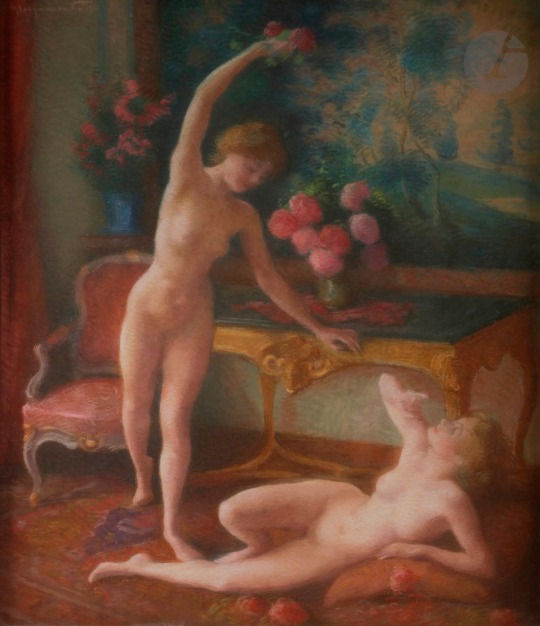#Félix Bracquemond
Text
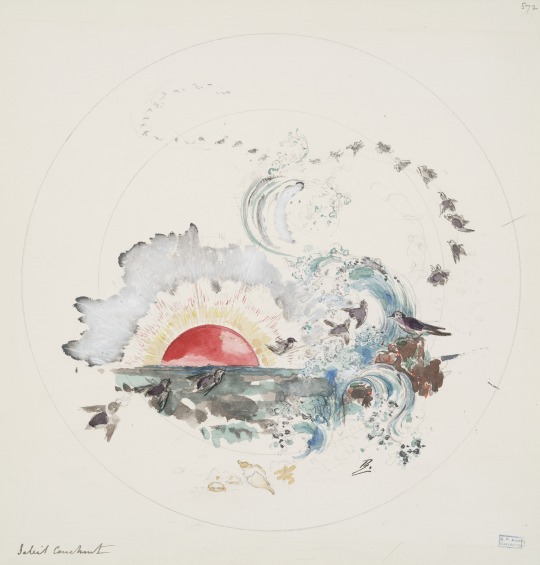
Félix Bracquemond - Soleil couchant (1875)
190 notes
·
View notes
Text
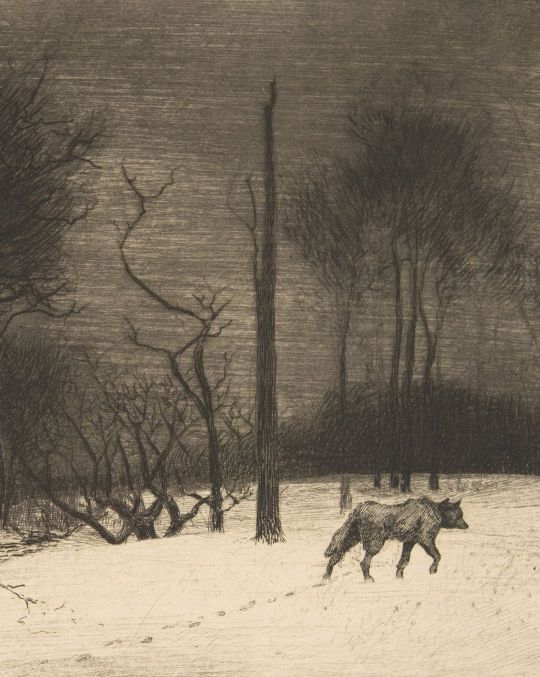
Félix Bracquemond | Filson
12 notes
·
View notes
Text

▪︎ Hand Mirror.
Date: ca. 1900
Artists/Makers: Designer: Félix Bracquemond; (French, 1833-1914); Sculptor: Auguste Rodin (French, 1840-1917); Enamelist: Alexander Riquet; Goldsmith: Alexis Falize (French, 1811-1898)
Medium: Gold, enamel, and ivory
#1900's#mirror#art nouveau#hand mirror#auguste rodin#Félix Bracquemond#Alexander Riquet#Alexis Falize#ca. 1900
170 notes
·
View notes
Photo
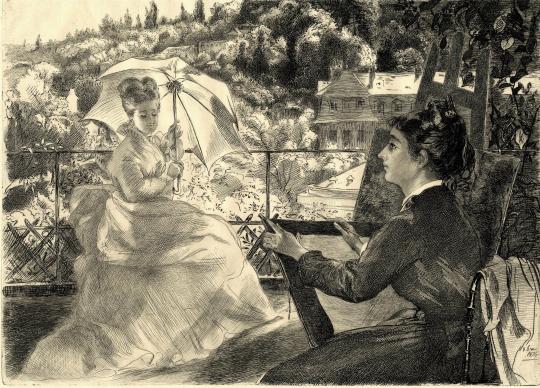
La terrasse de la Villa Brancas. Etching and drypoint with aquatint, printed on oriental paper. Félix Bracquemond, 1876.
(via British Museum)
7 notes
·
View notes
Photo
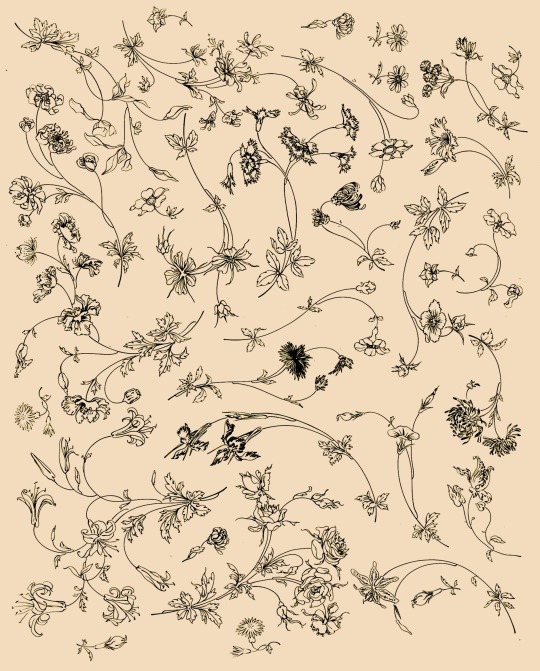
Fleurs - Félix Bracquemond - c.1850-1914 - via The British Museum
839 notes
·
View notes
Text

Edit after Félix Bracquemond (Jeannot Lapin) (Metropolitan Museum of Art)
(Ed. Lic.: CC BY-NC 3.0)
240 notes
·
View notes
Photo
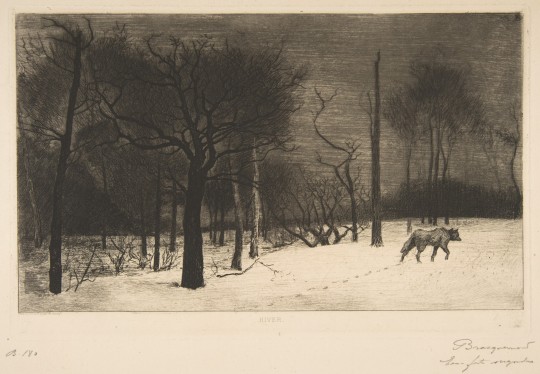
Félix Bracquemond - Winter or The Wolf in the Snow, etching, final version.
366 notes
·
View notes
Text
Artist of the Week:
Marie Bracquemond (French, 1830-1916)
Marie Bracquemond was a French Impressionist artist, who was described retrospectively by Henri Focillon in 1928 as one of “les trois grandes dames” of Impressionism alongside Berthe Morisotand Mary Cassatt.
Her frequent omission from books on artists is sometimes attributed to the efforts of her husband, Félix Bracquemond. Félix respected his wife’s talents as an artist but disagreed fervently with her adaptation of Impressionist techniques, in particular her use of color.
~ The Woman Gallery
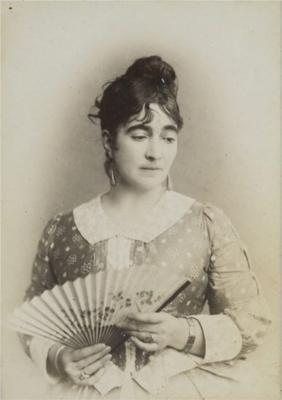

An undated photograph of Marie Bracquemond (left). Self-Portrait, (right)
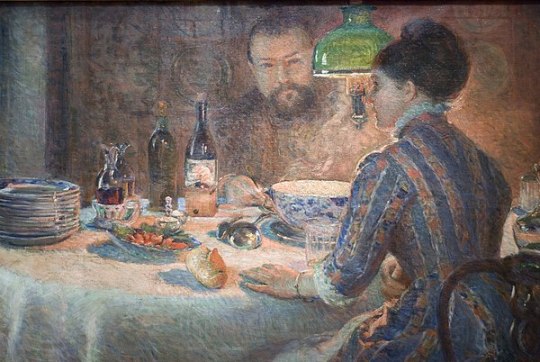
Sous la lampe - Afred Sisley et sa femme, chez Bracquemond à Sèvres (Afred Sisley and his wife, at the Bracquemond's in Sèvres • 1887

Sur la terrasse à Sèvres ( On the Terrace at Sèvres) • 1880 • Musée du Petit Palais, Geneva

Three Women with Umbrellas (The Three Graces) • 1880
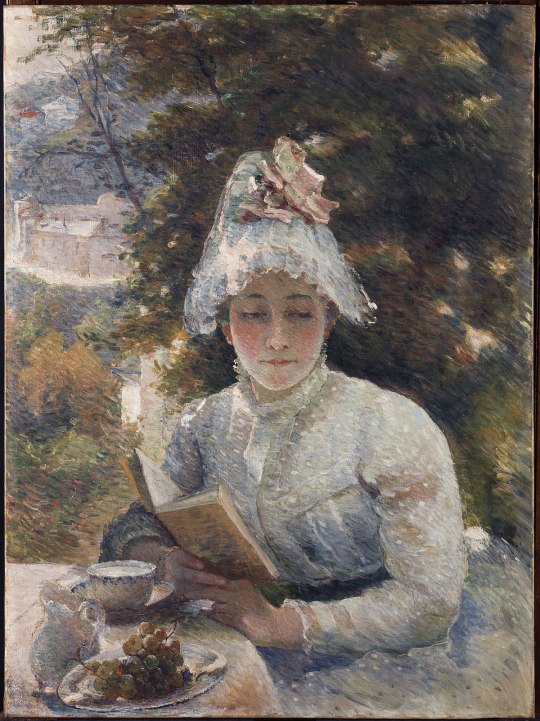
Le goûter (Afternoon Tea) • 1880 • Le Petite Palais, Paris
#art#painting#fine art#art history#19th century art#women in paintings#woman painter#impressionist art#impressionism#self portrait#artist photograph#women in art#paintings of domestic interiors#paintings of women & umbrellas#paintings of women with books#french artist#marie bracquemond
29 notes
·
View notes
Text

Félix Bracquemond, Terrasse de la Villa Brancas (Marie Bracquemond à droite et sa sœur à gauche), 1876.
6 notes
·
View notes
Text

Título: El viejo gallo
1882
Artista: Félix Bracquemond (Francia, 22 de mayo de 1833-29 de octubre de 1914)
Detalles
Título alternativo: Le feaux coq
Fecha: 1882
Categoría de medios: Impresión
Materiales usados: Grabado
Dimensiones: placa de 31,7 x 26,6 cm; hoja de 44,5 x 31,2 cm
Fecha de firma: Firmado y fechado en la esquina, [placa incisa] "Bracquemond [subrayado] 1882".
Firmado en la esquina, tinta "Bracquemond".
Crédito: Comprado en 1990
Información e imagen de la web de la Galería de Arte de NSW.
4 notes
·
View notes
Text

Félix-Joseph-Auguste Bracquemond - The Hare (1865)
187 notes
·
View notes
Text



from left to right, top to bottom: "The Lady in white", "Self-Portrait" and "On the Terrace at Sèvres"
𝐌𝐚𝐫𝐢𝐞 𝐁𝐫𝐚𝐜𝐪𝐮𝐞𝐦𝐨𝐧𝐝 - 𝐀 𝐋𝐚𝐝𝐲 𝐨𝐟 𝐈𝐦𝐩𝐫𝐞𝐬𝐬𝐢𝐨𝐧𝐢𝐬𝐦
"Impressionism has produced ... not only a new, but a very useful way of looking at things. It is as though all at once a window opens and the sun and air enter your house in torrents."
Marie dreamed of being a painter, and despite being born into a humble family, her economic situation never stop her from fulfilling that dream.
At the age of 10, her works showed the great talent within her, and thanks to some painting classes, that work would reach the Paris Salon in 1857. She became well known, getting commissioned by important people such as the Empress Eugénie de Montijo, wife of Napoleon II, and the Count of Nieuwerkerke.
It wasn't until her meeting with her future husband, Félix Bracquemond, that her artistic life would take another turn. After two years of dating, the couple married in 1869, and a year later their only son, Pierre, was born, whom over the years would become the main defender of his mother's work; and would write a biography of his parents.
The couple worked together in an art studio; but by 1878, Marie was introduced to the work of the Impressionists and her style began to change. She left the studio and began to paint outdoors, in the gardens of Sèvres, with mentors such as Monet and Degas.
Bracquemond saw a new opportunity for women in Impressionism, and she was inspired by female painters such as Berthe Morisot and Mary Cassatt; but Félix disapproved this artistic turn. Depriving her of the opportunity to evolve as an artist, he confined her to his home, where "women should be."
In the 1890s, tired of her husband's recriminations and the continual hindrances to her work, Marie Bracquemond stopped painting. She remained a staunch defender of Impressionism throughout her life, even when she was not actively painting.
Unlike her fellow Impressionist, Bracquemond planned her pieces with a great deal of effort, preparing them in a way they felt spontaneous. Her work it's even considered to have been closer to the ideals of Impressionism.
21 notes
·
View notes
Text
ARTWORK
Félix Bracquemond
Made by Haviland & Co., Auteuil Studio, Paris French, 1872-1886
Platter, About 1874
Glazed earthenware and gilding
Chicago Institute of Art
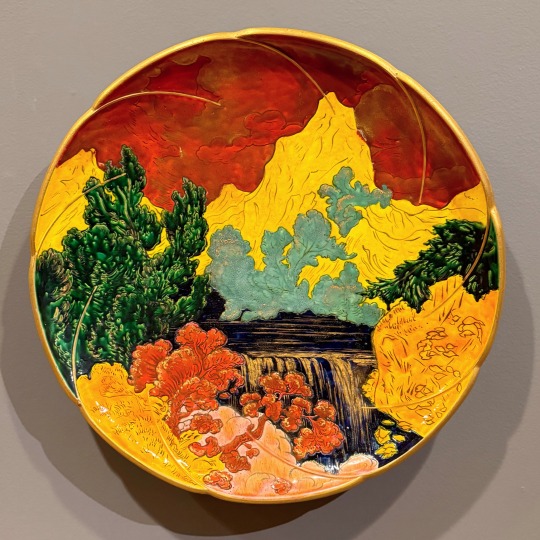

The work of Félix Bracquemond, a printmaker and designer deeply embedded in the Parisian avant-garde, illustrates the interconnectedness of the fine and applied arts in France during the era of radical aesthetic innovation around 1870. This immense ceramic platter is a showpiece for the painterly application of glazes, which anticipates later achievements by such artists as Paul Gauguin and Vincent Van Gogh. It depicts an arrestingly bright landscape, with a vibrant, craggy mountain rising above an ominously dark waterfall. The boldly delineated elements recall Japanese woodblock prints, which Bracquemond admired.
What I connect with…
Those colors. And those landscape like forms. Beautiful.
0 notes
Text
Félix Bracquemond was twentysix years old at the time, darkly bearded, a stocky man with honest, wideset eyes. He was a complex personality: he could be arrogant, dogmatic, fiery, yet extremely charming. He was also multi -talented and became a central figure in the Parisian art scene. From his youth, when he was an assistant to a professional lithographer, he developed into a firstrate draughtsman, a talent he put to use as both a print-maker and a ceramist. While Berthe and Edma were still at school he had worked alongside Charles Méryon, a brilliant but much undervalued etcher, who was trying to resurrect this neglected art form. Bracquemond's interest in etchings grew into an ambition to exploit the market with fine prints (belles épreuves) and he was to be co-founder of the Society of Etchers. Later his career took a different direction when he became artistic director of the Haviland Porcelain Works. But at this time — the late 1850s — he lived by taking small commissions, such as the frontispieces of books. He decorated some works of the novelist Champfleury, and through him came to know a number of the pro-Realist critics and writers in Paris. At this time his friends included the Goncourt brothers, Gavarni, Alphonse Legros, Millet, Corot and Edouard Manet, as well as Fantin-Latour, who remained a close friend all his life through whom he would shortly meet Edgar Degas .Although he was a working artist, Bracquemond still found time to visit the Louvre. He shared with Fantin (who was three years his junior) a love of Delacroix, Courbet and the seventeenth-century Spanish and Dutch masters. But he was one of the first artists in France to be seduced by oriental art. From the moment in 1856 when he came across some Hokusai rejects in Delátre's bookshop in the rue Saint-Jacques, he was inspired by the fine draughtsmanship and unusual composition of Japanese prints and woodcuts. He admired the landscape design and colour of Hokusai and Hiroshige, and the realism of earlier masters like Utamaro, whose prints of everyday life were “mirrors of the passing world”. Suggestiveness, the lack of irrelevant detail, the fresh combination of colour, eve appeal — all these qualities anticipated the future direction of French art: Impressionism.
Japonisme grew in popularity after 1862 with the opening of a specialist business in the rue de Rivoli. Bracquemond, Fantin and their friends, Whistler, Manet, Degas, Stevens and James Tissot, became voluble exponents of the compositional techniques of oriental art. With certain literary critics — Baudelaire, Zacharie Astruc, Philippe Burty, Emile Zola and the Goncourts - they were patrons of the shop known paradoxically as La Porte Chinoise. Berthe caught hints of this new exotica. She learned about the artistic implications in the course of the 1860s, noting that “only Manet and the Japanese can indicate a mouth, eyes, a nose with a single stroke of the brush, so concisely that the rest of the face models itself. However, similar remarks were to be made of her work, suggesting that she too had these eclectic tendencies
1 note
·
View note
Photo

Poissons - Félix Bracquemond - 1866 - via The British Museum
3K notes
·
View notes
